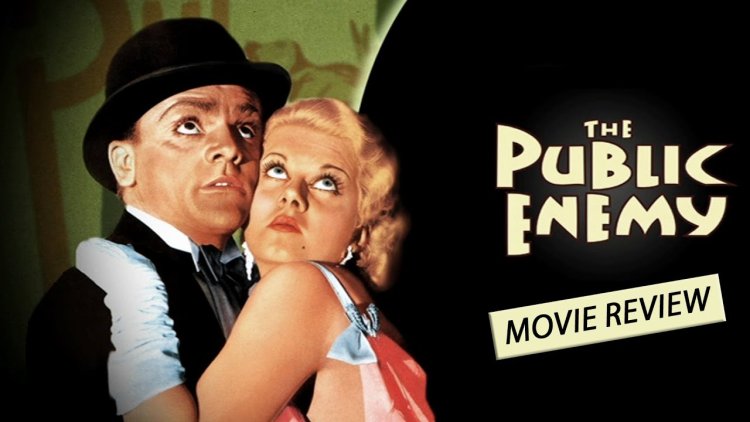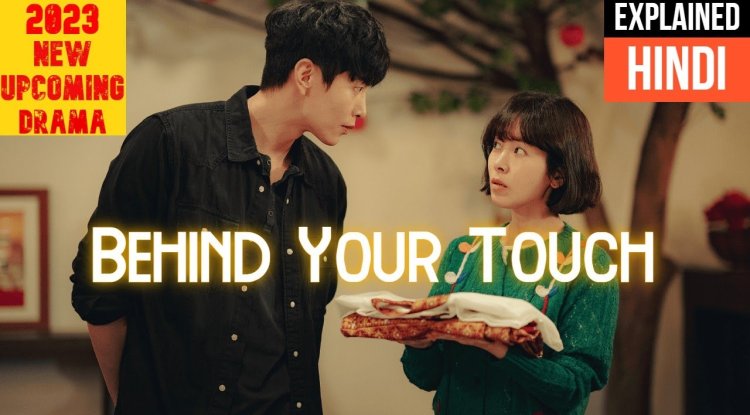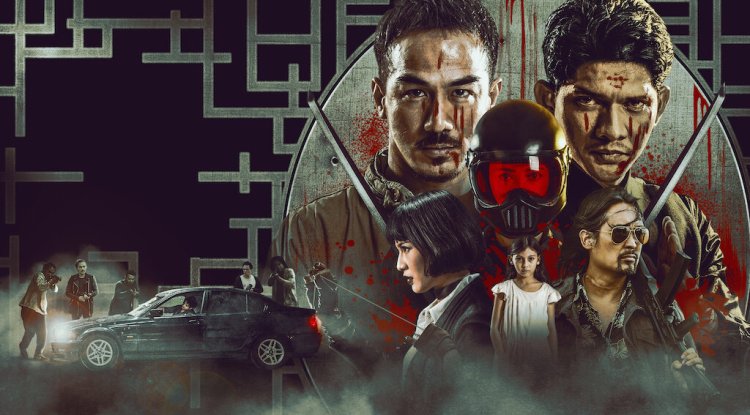'The Public Enemy' (1931)
The Public Enemy, released in 1931, is a classic crime drama film directed by William A. Wellman. Considered one of the greatest gangster films of the early sound era, the movie explores the rise and fall of a young street tough during the Prohibition era in Chicago. With its gritty portrayal of violence, memorable performances, and a thought-provoking depiction of the criminal underworld, The Public Enemy remains a significant and influential work in the history of cinema.

Plot
The film follows the story of Tom Powers (played by James Cagney), a young man growing up in a rough neighborhood of Chicago. As he navigates the crime-ridden streets, Tom becomes involved in bootlegging and rises through the ranks of organized crime. Alongside his loyal friend Matt Doyle (played by Edward Woods), Tom becomes a prominent figure in the city's criminal underworld. However, as his success grows, Tom faces the consequences of his violent lifestyle and the toll it takes on his relationships, ultimately leading to a tragic and unforgettable conclusion.
Powerful Performances
The Public Enemy is remembered for James Cagney's electrifying performance as Tom Powers. Cagney's portrayal of the charismatic yet ruthless gangster is a tour de force, capturing the character's swagger, volatility, and inner turmoil. His energy and intensity on screen solidified his status as one of the greatest actors of his generation. Edward Woods delivers a strong performance as Matt Doyle, providing a compelling counterpoint to Cagney's character. The chemistry between the two actors adds depth and complexity to the film's exploration of loyalty and betrayal.
Social Commentary and Realism
The Public Enemy reflects the social and economic realities of the Prohibition era, offering a stark portrayal of the consequences of organized crime and the allure of the criminal lifestyle. The film presents a brutal and uncompromising depiction of violence, illustrating the grim realities of the era. By highlighting the corruption, poverty, and moral ambiguity of the time, The Public Enemy serves as a reflection of the social issues and tensions prevalent during the 1930s.
Iconic Scenes and Cultural Impact
The Public Enemy is known for its memorable and influential scenes that have become iconic in film history. The most notable is the famous "grapefruit scene," in which Tom Powers shoves a grapefruit into the face of his girlfriend, played by Mae Clarke. This moment has been parodied and referenced in numerous films and television shows over the years, solidifying its place in popular culture. The film's gritty realism and unflinching portrayal of violence set the template for future gangster films, leaving a lasting impact on the genre.
Technical Achievements
The Public Enemy showcases innovative cinematography techniques, capturing the fast-paced and dynamic nature of the story. Wellman's direction, along with the skillful use of lighting and camera movement, adds depth and visual interest to the film. Additionally, the use of sound and dialogue in the early sound era enhances the authenticity and intensity of the storytelling, immersing viewers in the world of the characters.
Legacy and Enduring Relevance
The Public Enemy remains a significant and influential film in the gangster genre, setting the stage for future crime dramas. Its exploration of the complexities of human nature, the allure of criminality, and the tragic consequences of a life of violence still resonate with audiences today. The film's impact on subsequent generations of filmmakers and its enduring cultural relevance solidify its place in cinematic history.
Also Check Samsung Introduced New Galaxy Devices!
Conclusion
The Public Enemy is a groundbreaking and powerful film that delves into the dark underbelly of the Prohibition era. James Cagney's unforgettable performance, coupled with its realistic portrayal of violence and its social commentary, contributes to its enduring status as a classic of early American cinema. The Public Enemy stands as a testament to the power of storytelling and the ability of film to reflect the social and cultural issues of its time.





























